Decor research
After I finished working on my floor plan, I am ready to start my work on decor. But firstly, I need to research the decor I want to use.
The main idea of my project is primitivism and my won cultural approach with the Kazakh style. I am going to use my own memories about the interiors I saw as a child, and historical sites as a reference and inspiration.
History
My ancestors were steppe nomads, also known as Turkic people. But do not mix up with the Turkish, although Turkic people are ancestors for Kazakh people as well as Turkish people and many more, we are very different cultures. A nomad is someone who travels from place to place rather than settling down and residing in one location. Traditionally, nomads were tribes of people who would roam about in search of food and shelter as necessary (Gill, 2023). Historically, the most well known nomad is Atilla the Hun and Genghis Khan (Harl, n.d.).
The nomadic interior design was made around the idea of the home being movable, as the nomads are always on the move. That created the yurt contraption. A yurt (from Turkic languages) or ger (Mongolian) is a movable, circular tent covered and insulated with skins or felt that has traditionally been used as a residence by several nomadic communities in Inner Asia's steppes and highlands (Kingsley and Levene, 2017).
The yurt's entrance is always on the south side, allowing the nomad to identify the time and organize his day based on the rays of the Sun that penetrate inside. To the right and left of the entry, there is a storage area for the farm: on the left, the female part includes dishes, groceries, and other meals, while on the right, the male part has weapons, saddles, and various tools. A hearth with a tripod for the boiler is located in the center of the yurt, exactly under the ceiling opening "Shanyrak". At the further end of the yurt, there is a warehouse for the nomad family's possessions, where visitors are usually accommodated. Beds are placed out at night, with elder family members to the right of the door and younger ones and youngsters on the left. The yurt's floor and walls are covered with carpets (www.advantour.com, n.d.).
A yurt is completely portable and is easily made from materials available at the steppe: which is wood, wool, feathers etc. It's interior was very peculiar, as it didn't have any chairs, sinks, fridges or any other usual house essentials, because it would have been to heavy to carry even for the horses. That is why they needed to use the environment as a substitute for them. For example, they dried all the dryable food and the food that needed to be fresh was put underground when they settle at a location for a period of time, as underground is always cold and food wrapped with protection underground will stay fresh and cold(Alex, 2020). They don't use chairs, and sit on mats which are actively used in the modern days too, as our culture didn't see chairs as something essential.
Decor
These are examples of Kazakh interior, which I found are easy to categorise as oriental, boho or tribal. They include the nomadic style of low tables, floor mat seating and nature based decor.
According to aboutkazakhstan.com (n.d) he Kazakh word for "ornament" is "oyu-ornek" ("oyu" means pattern and "ornek" means tracery), but we ususally just call it oyu. There are different types and depictions of oyu. Kazakh decorations are classified into four types: vegetal, animal, geometrical, and astrological, and each has its unique meaning. Here are some examples:

Tuyietaban (camel foot)

(Hurlankyzy, 2016)
All these ornaments can create beautiful designs and have a meaning behind them. I will use the Kazakh ornaments in rugs,dishes and wall art.
Another essential part of Kazakh decor is the traditional dish. Kazazkhs usually make dishes out of wood, and the essential part that makes it stand out of other dishes is the use of oyu.
References:
Gill, R.P. (2023). Nomad | Definition, Types & Characteristics. [online] Study.com. Available at: https://study.com/learn/lesson/nomad-types-facts-examples.html [Accessed 11 Mar. 2024].
Harl, K.W. (n.d.). The Barbarian Empires of the Steppes. [online] www.wondrium.com. Available at: https://www.wondrium.com/the-barbarian-empires-of-the-steppes#:~:text=Attila%20the%20Hun%20and%20Genghis [Accessed 11 Mar. 2024].
Kingsley, P. and Levene, D. (2017). Nomads no more: why Mongolian herders are moving to the city. The Guardian. [online] 5 Jan. Available at: https://www.theguardian.com/world/2017/jan/05/mongolian-herders-moving-to-city-climate-change [Accessed 11 Mar. 2024].
www.advantour.com. (n.d.). Казахская юрта – жилище кочевника. [online] Translated by Google translator, Available at: https://www.advantour.com/rus/kazakhstan/culture/yurt.htm [Accessed 11 Mar. 2024].
Alex, B. (2020). How Did Ancient People Keep Their Food From Rotting? [online] Discover Magazine. Available at: https://www.discovermagazine.com/planet-earth/how-did-ancient-people-keep-their-food-from-rotting [Accessed 11 Mar. 2024].
aboutkazakhstan.com. (n.d.). Kazakh people traditional ornaments. [online] Available at: https://aboutkazakhstan.com/about-kazakhstan-people/kazakh-ornaments [Accessed 11 Mar. 2024].
Hurlankyzy, A. (2016). Қазақтың ұлттық ою-өрнегі арқылы іскерлік шығармашылығын арттыру - Ғылыми жұмыстар -. [online] bilim-all.kz. Available at: https://bilim-all.kz/article/4534-Qazaqtyn [Accessed 11 Mar. 2024].
Veronika (n.d.). Казахская национальная посуда из дерева. [online] Kostanay State Pedagogical University. Available at: https://old2.kspi.kz/ru/faculties/faculty-of-social-and-humanities/museum-of-ancient-art-and-technology/kazakh-national-tableware-made-of-wood [Accessed 11 Mar. 2024].
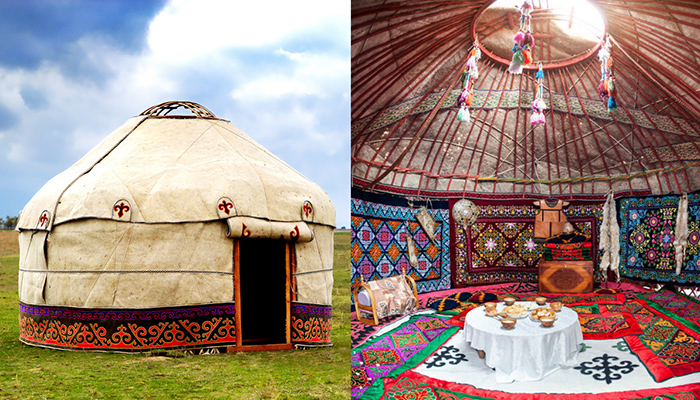

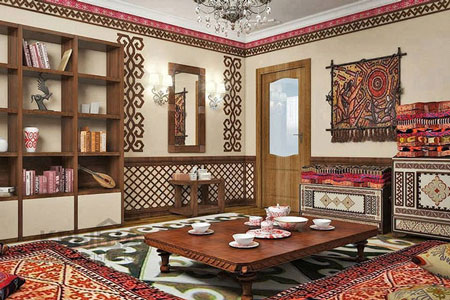

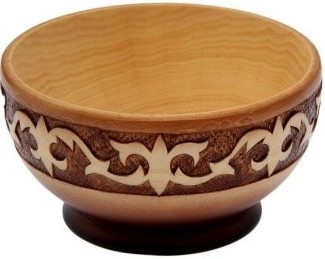
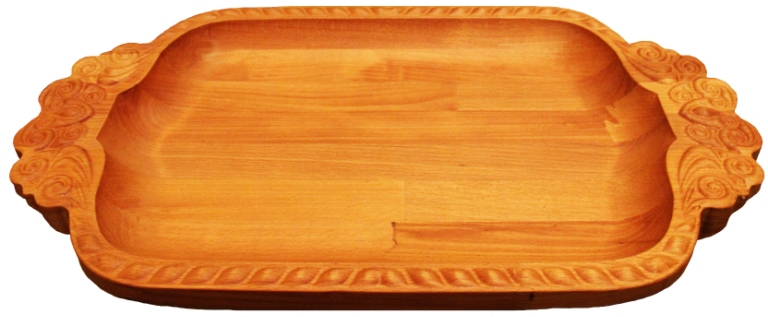
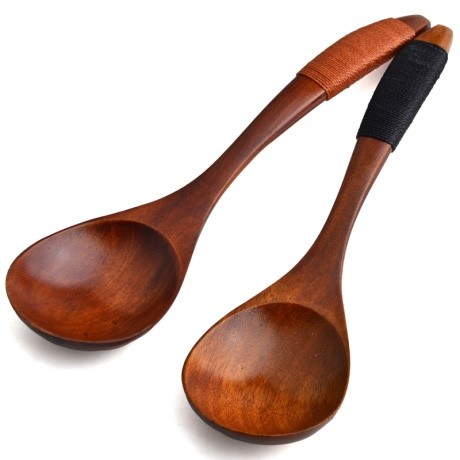
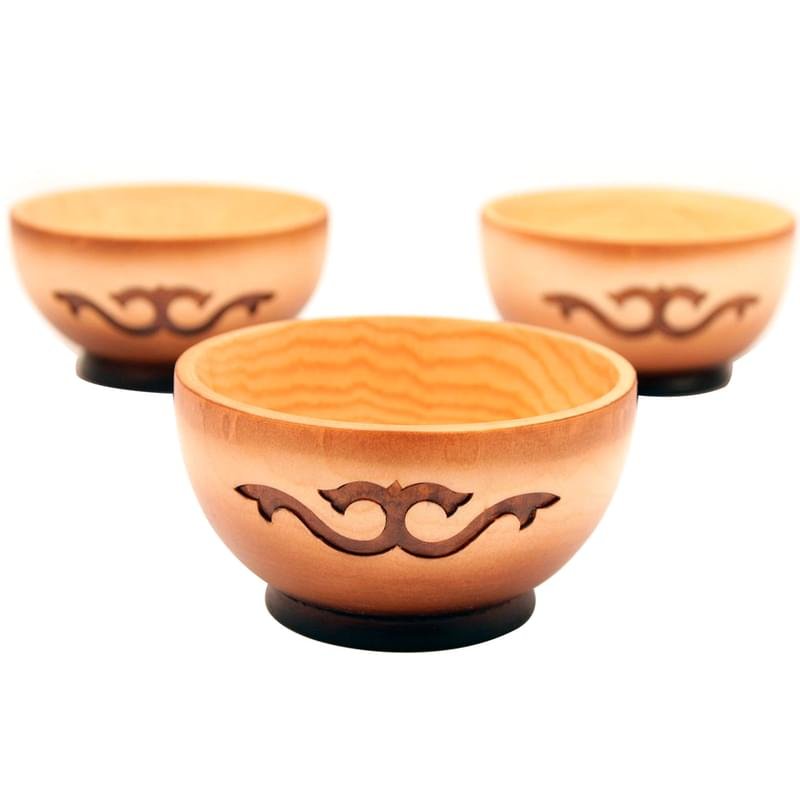
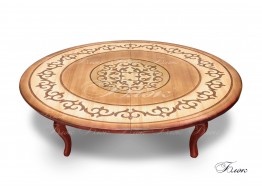

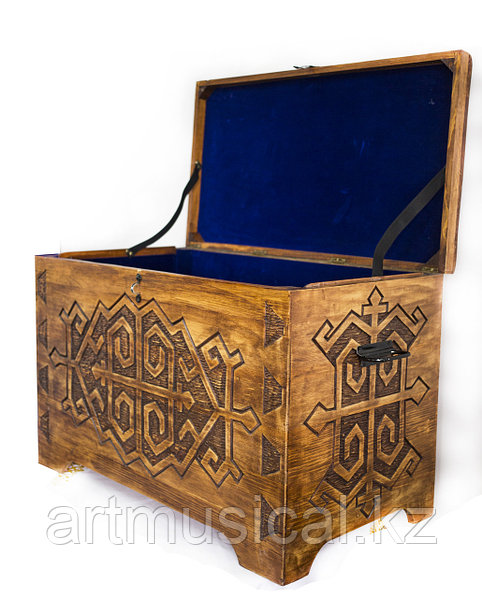


Comments
Post a Comment